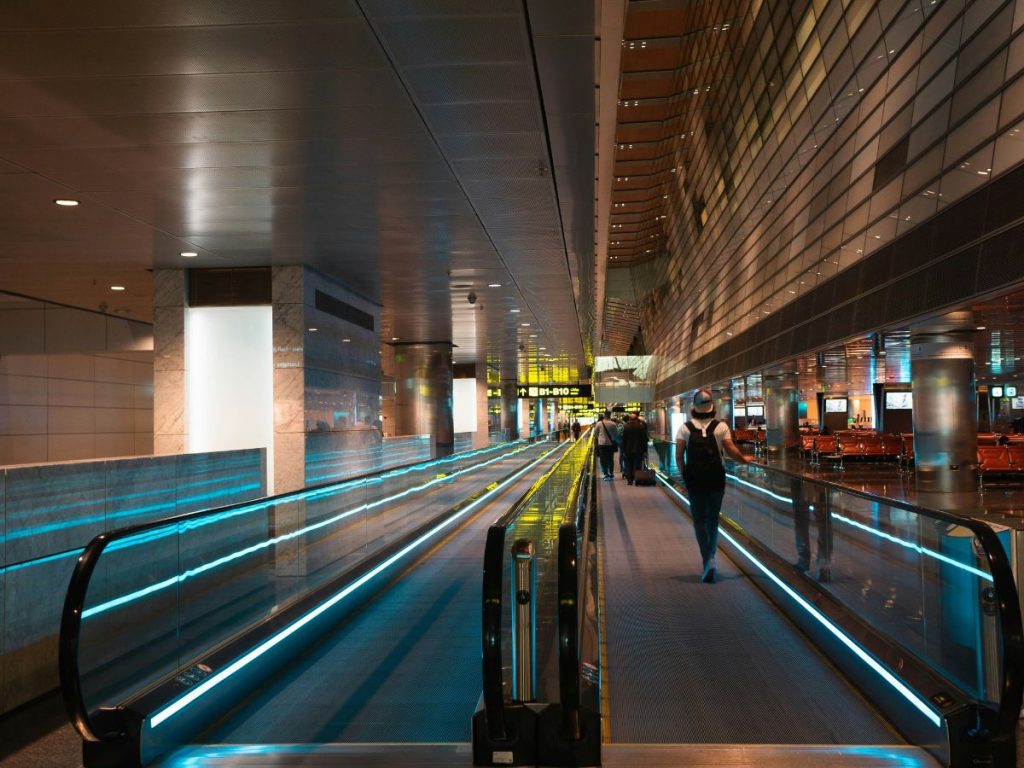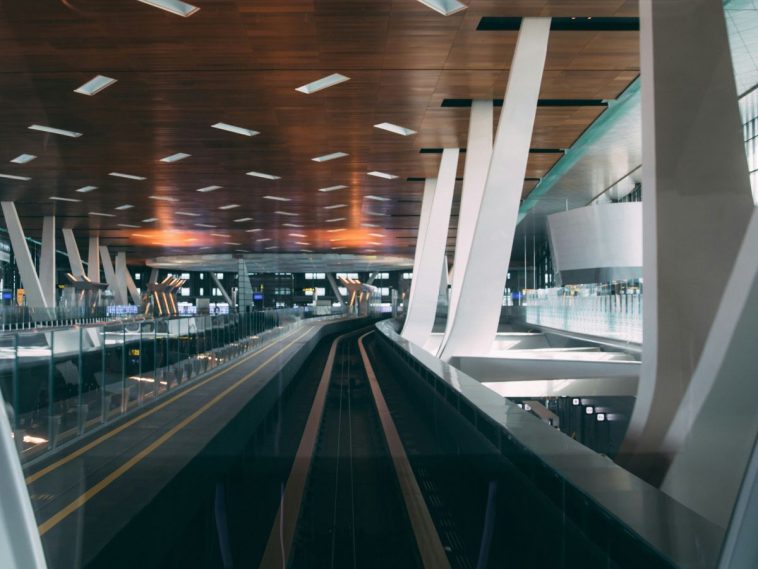In the ever-evolving world of interior design, Asian aesthetics continue to inspire global trends with their blend of tradition, innovation, minimalism, and mindfulness. DesignAsia Magazine, a premier authority on Asian design excellence, has recently spotlighted the leading interior design movements shaping homes and commercial spaces across the continent in 2025. From serene Japanese-inspired sanctuaries to maximalist Indian influences, the Asian interior design landscape is as diverse and dynamic as the cultures it represents.
In this blog, we delve into the most influential Asian interior design trends of 2025, as highlighted in DesignAsia Magazine, offering inspiration for homeowners, architects, and interior designers seeking fresh, culturally rich, and stylish ideas.
1. Japandi 2.0: A Fusion of Japanese Calm and Scandinavian Functionality
Originally a hybrid of Japanese minimalism and Scandinavian coziness, Japandi has evolved into a more refined style in 2025. DesignAsia Magazine refers to this as “Japandi 2.0”—an iteration that leans deeper into Zen philosophy while embracing warm, organic textures and artisanal details.
Key features:
- Low-profile furniture with clean lines
- Neutral and earthy color palettes
- Shoji screen partitions and open-concept layouts
- Eco-friendly materials such as bamboo, rice paper, and reclaimed wood
DesignAsia emphasizes the growing preference for wabi-sabi, a Japanese worldview centered on the beauty of imperfection and impermanence. Japandi 2.0 echoes this philosophy with handcrafted ceramics, imperfect wooden finishes, and asymmetrical balance in décor.
2. Biophilic Design with an Asian Twist
Biophilic design—incorporating nature into interior spaces—has found a deep cultural resonance in Asia, particularly in regions where nature and spirituality are intertwined.
Trending elements:
- Indoor koi ponds and vertical gardens
- Bonsai trees and large-leaf tropical plants like monstera and banana leaf
- Natural stone walls and water features
- Floor-to-ceiling windows that frame natural vistas
DesignAsia Magazine points out that Asian biophilic design doesn’t just add greenery for aesthetics; it embeds nature into the soul of the architecture, creating tranquil environments ideal for mindfulness, meditation, and wellness.

3. Korean Minimalism: “Hyoja” and the Aesthetics of Care
A trend uniquely gaining traction is Korean minimalism, driven by the cultural concept of hyoja—filial piety and care for family. This manifests in designs that prioritize comfort, communal living, and multigenerational functionality.
Highlights include:
- Multi-purpose furniture with soft edges
- Pastel tones and curved architectural features
- Heated floors (ondol), modular seating, and floor cushions
- Sliding doors and open-plan spaces that encourage fluid movement
According to DesignAsia, Korean interiors now lean toward “soft minimalism,” which balances simplicity with emotional warmth, creating spaces that nurture both the body and relationships.
4. Heritage Revival: Indian Maximalism with a Modern Flair
In contrast to minimalist trends, Indian interior design is embracing a revival of maximalism—but with a contemporary edge. This movement celebrates color, pattern, and heritage crafts while adapting them for modern living.
Key characteristics:
- Handwoven textiles like ikat, khadi, and silk
- Ornate jali screens repurposed as room dividers
- Jewel tones like emerald, ruby, and gold
- Decorative tiles, carved woodwork, and brass accents
DesignAsia highlights how young Indian designers are blending heirloom furniture with sleek lighting, modern art, and smart tech to create vibrant, layered interiors that are both culturally rooted and future-ready.
5. Modern Chinese Aesthetics: Harmony and Geometry
Chinese interior design in 2025 is defined by a return to balance, symmetry, and symbolism—what DesignAsia terms “modern oriental chic.” This trend draws from ancient philosophies like Feng Shui while integrating sharp contemporary lines and luxe materials.
Common features:
- Geometric motifs like octagons and meanders
- Red lacquered wood, matte black metal, and jade stone
- Decorative screens and ink wash art
- A balance of yin and yang in layout and color
DesignAsia Magazine explains that many urban Chinese homes now fuse tradition with technology, such as voice-controlled smart systems set in heritage-style interiors—a fusion of past and future.
6. Southeast Asian Resort Living: The Bali Effect
The relaxed, tropical elegance of Bali and its neighbors continues to influence design preferences across Asia and beyond. The “Bali Effect,” as coined by DesignAsia, refers to the growing popularity of resort-style interiors that bring vacation vibes into everyday life.
Trending design cues:
- Thatched ceilings and rattan furniture
- Natural stone floors, open-air bathrooms
- Light, breezy curtains and layered textures
- Neutral palettes accented with sunset hues
This style promotes indoor-outdoor living, using large glass doors and pergola-covered patios. DesignAsia notes that post-pandemic homeowners are prioritizing stress-free sanctuaries, making this trend more relevant than ever.

7. Tech-Integrated Zen: Smart Homes with a Spiritual Core
One of the most futuristic trends featured in DesignAsia Magazine is the integration of smart technology into traditionally spiritual or minimalist spaces. This hybrid of tech and tranquility is transforming the way homes support wellness.
Key innovations:
- Mood lighting that changes with the time of day
- Smart aromatherapy diffusers and soundscapes
- Voice-controlled meditation rooms
- Hidden tech elements (screens that disappear, wireless charging tables)
DesignAsia emphasizes that the goal isn’t to flaunt technology but to let it disappear into the background, supporting a mindful lifestyle without disruption.
8. Sustainable Craftsmanship and Local Materials
Sustainability is a major theme in 2025, and Asian designers are increasingly turning to indigenous materials and local craftsmanship. This movement isn’t just eco-conscious—it’s a celebration of cultural identity.
Materials in demand:
- Terracotta, clay, and lime plaster
- Reclaimed wood and locally sourced stone
- Traditional weaving, dyeing, and joinery techniques
According to DesignAsia Magazine, clients now demand transparency about the source and lifecycle of materials. Designers are responding with stories—each element in a home now carries meaning and origin.
9. Multifunctional Urban Spaces: Compact Yet Chic
As urban living becomes denser in cities like Tokyo, Singapore, and Bangkok, efficient use of space is paramount. DesignAsia notes the rise of multifunctional interiors that maximize utility without compromising aesthetics.
Smart design solutions:
- Fold-away beds, extendable tables, and storage stairs
- Glass partitions that allow visual flow while creating separation
- Built-in shelving units that double as art displays
- Reflective surfaces and clever lighting to enlarge space visually
Micro-apartments and co-living models are popular among young professionals, driving innovation in spatial efficiency and convertible furniture.
10. Color Trends: From Neutrals to Nostalgic Pops
Color plays a pivotal role in conveying mood and cultural significance. DesignAsia Magazine’s color trend forecast for 2025 includes a wide spectrum—ranging from serene neutrals to bold, nostalgic pops.
Dominant palettes:
- Sand, sage, and clay for minimalist interiors
- Coral pink, turmeric yellow, and teal in eclectic spaces
- Black and gold combinations for dramatic sophistication
- Muted jewel tones inspired by traditional Asian art
Color is being used not just to beautify but to ground interiors in cultural and emotional resonance. For instance, mustard yellow may evoke Thai temples, while celadon green recalls Korean ceramics.
Final Thoughts: Designing with Purpose and Identity
Asian interior design trends in 2025, as outlined in DesignAsia Magazine, reflect more than aesthetic preferences—they echo deeper societal shifts toward mindfulness, sustainability, and cultural pride. Whether you’re redesigning a home or planning a commercial space, these trends offer a wealth of inspiration rooted in centuries of tradition yet forward-looking in their execution.
The resurgence of handcraft, the elevation of everyday rituals, and the fusion of tech with tranquility all point to a design philosophy that values authenticity and balance. Asia continues to lead the global design narrative—not by following trends, but by defining them.


